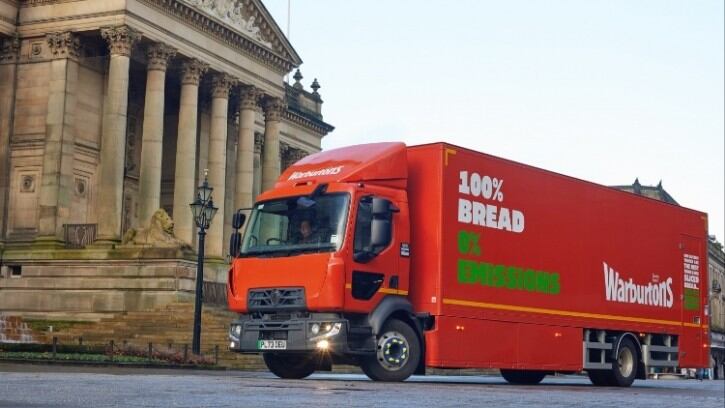As energy prices rise, all industries throughout the UK in this post-Covid era have experienced some negative effects. Food manufacturers have encountered a multitude of challenges due to the fluctuation of energy prices, including increased operational costs and, in extreme cases, even business closures.
Now more than ever, it’s essential that food manufacturers consider adopting practices that will reduce their energy consumption and keep them up to speed with environmental regulations. So, here are our three tips to help you reduce costs and remain ahead of the net zero curve.
Benchmark your consumption
The first step for reducing your energy consumption is measuring and understanding your current energy usage and setting a baseline. This will provide a starting point for setting energy efficiency improvement goals.
Baselines should include an intensity metric, for example measuring the amount of energy consumed per tonne of food produced (kWh/tonne of food produced). This allows the performance of energy efficiency actions to be measured and verified even if the total consumption were to increase due to business expansion.
Upgrade your equipment
Implementing small, necessary changes to existing equipment is crucial for increasing efficiency and reducing energy waste. How can this be achieved? There are numerous avenues, including:
Switching to LEDs: LEDs can use up to 50% less power compared to traditional bulbs (fluorescent/ halogen fittings) and can last five times longer, making them a cost-effective and environmentally friendly choice.
Upgrading or retrofitting HVACs: Heating Ventilation and Air Conditioning (HVAC) systems account for a significant portion of a buildings’ energy costs and consumption, so upgrading or retrofitting older systems to more energy-efficient models can be very impactful. Other options include replacing fixed speed fans with Variable Speed Drivers (VSDs), optimising temperature set-points and implementing occupancy-based controls to ensure systems only operate when needed.
Incorporating BEMSs: Using a Building Energy Management System (BEMS) is an effective way to continuously monitor, analyse, and gradually increase control over building services such as HVACs and lighting. This is one of the best ways to reduce business costs, improve energy efficiency, and reduce carbon footprint on site.
Improve refrigeration efficiency: Refrigeration is a significant user of energy within food manufacturing. Refrigerants used in industrial cooling systems have a high Global Warming Potential (GWP), so, to reduce risk of fugitive emissions, you can make changes such as utilising advanced sealing and materials less prone to wear, using refrigerants with lower GWP, and improving system efficiency through regular maintenance.
Heat decarbonisation
After making initial changes, the next step is to invest in heat decarbonisation.
As the industry relies heavily on fossil fuels (especially natural gas) for heat generation in processes like pasteurisation, sterilisation, and cooking, this contributes to the industry's significant thermal energy use and makes food systems responsible for a quarter of global greenhouse gas emissions.
Thermal electrification could help decarbonise the food manufacturing industry. This can be done through replacing gas-fired boilers and furnaces with heat pumps. Heat pumps capture waste heat (low grade) and use compression to convert it into reusable high-grade heat to offset fossil fuel boiler requirements.
This can also be supplemented by renewable thermal energy, drawn from renewable sources like solar, geothermal and biomass, and generated to provide heating or cooling services.
Estimates for the European Union predict that, by electrifying the thermal needs, CO2 emissions could at least be reduced by 50% for food processing.
For multi-site companies, small single-site trials can be implemented to identify the most impactful enhancements, which can then be carried out as key initiatives across multiple locations.
Time for action
Three key considerations to end on. Firstly, experts believe that in 2030 wholesale energy prices could potentially be double what they were before the Ukraine-Russian war – which could make a large negative impact on budgets and see a further decline in operational and sustainability investment.
Secondly, food manufacturers, and indeed all other businesses, must progress their plans to reduce emissions or risk missing the government’s net zero targets and damaging their supplier relationships as the retail sector looks to safeguard itself from future climate legislation.
Thirdly, and most importantly, this is as good a time as any for food manufacturers to start implementing meaningful change and futureproofing their businesses – reducing costs and carbon in the process.
In other news, a new investigation into RSPCA Assured farms has revealed scenes of dying animals and unclean conditions.




